 Our World
Our World  Our World
Our World  Weird Stuff
Weird Stuff 10 Fascinating Facts You Might Not Know About Snow
 Miscellaneous
Miscellaneous Top 10 Things Crypto Was Supposed to Change & What Actually Did
 History
History 10 Huge Historical Events That Happened on Christmas Eve
 Music
Music 10 Surprising Origin Stories of Your Favorite Holiday Songs
 History
History 10 Less Than Jolly Events That Occurred on December 25
 Weird Stuff
Weird Stuff 10 Funny Ways That Researchers Overthink Christmas
 Politics
Politics 10 Political Scandals That Sent Crowds Into the Streets
 Weird Stuff
Weird Stuff Ten Bizarre Facts About The Doge Meme
 Our World
Our World 10 Ways Your Christmas Tree Is More Lit Than You Think
 Our World
Our World 10 Archaeological Discoveries of 2025 That Refined History
 Weird Stuff
Weird Stuff 10 Fascinating Facts You Might Not Know About Snow
 Miscellaneous
Miscellaneous Top 10 Things Crypto Was Supposed to Change & What Actually Did
Who's Behind Listverse?

Jamie Frater
Head Editor
Jamie founded Listverse due to an insatiable desire to share fascinating, obscure, and bizarre facts. He has been a guest speaker on numerous national radio and television stations and is a five time published author.
More About Us History
History 10 Huge Historical Events That Happened on Christmas Eve
 Music
Music 10 Surprising Origin Stories of Your Favorite Holiday Songs
 History
History 10 Less Than Jolly Events That Occurred on December 25
 Weird Stuff
Weird Stuff 10 Funny Ways That Researchers Overthink Christmas
 Politics
Politics 10 Political Scandals That Sent Crowds Into the Streets
 Weird Stuff
Weird Stuff Ten Bizarre Facts About The Doge Meme
 Our World
Our World 10 Ways Your Christmas Tree Is More Lit Than You Think
10 Recent Evolutions Of Classic Mysteries
They say that nothing stays hidden forever. Indeed, we’re finding the answers to long-running questions on a seemingly regular basis. Even the truth behind the world’s most enduring secrets might someday see the light of day.
It’s impossible to predict when new developments will happen in old mysteries. A chance discovery here, a deathbed confession there, and you have a hot new lead in a case that has lain dormant for decades. Other times, you just need a fresh pair of eyes that might see things everyone else missed.
10 The Claremont Serial Murders
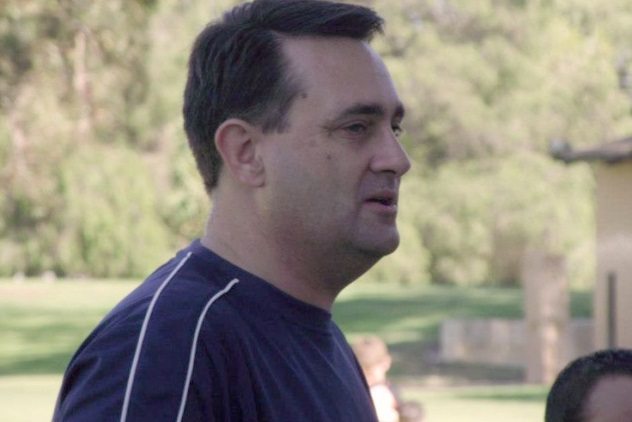
For over two decades, the Claremont serial murders remained one of Australia’s most harrowing mysteries. However, the arrest of a suspect and subsequent charging with all three murders might finally bring it to a close in the coming months.
In 1996 and 1997, three young women disappeared in the Claremont suburb of Perth after going out clubbing with friends. The remains of two of the victims were recovered weeks later, while the third is still missing and presumed dead. The police were convinced they were dealing with a serial killer and set up a task force to find him. Their biggest lead was CCTV footage of a man approaching one of the women, 23-year-old Jane Rimmer, on the night of her disappearance. However, that man remains unidentified.
Authorities investigated multiple suspects without any success, and for roughly 20 years, it looked as if this mystery was destined for the “Unsolved” pile. However, in 2016, police stormed the house of 48-year-old Bradley Robert Edwards, a man with no previous (publicized) connection to the case. A day later, they charged him with the murders of the two women whose bodies were recovered as well as two unconnected sexual assaults. In February 2018, police also charged him with the third murder, that of missing person Sarah Spiers.[1] His trial will begin soon.
9 The Missing Sailor Of The USS Indianapolis

Although it sank in 1945, the USS Indianapolis has made a few headlines in recent times. First, it was announced last year that an expedition led by Microsoft co-founder Paul Allen discovered the shipwreck after it was lost at sea during World War II. And last month, the US Navy admitted to an error which caused confusion regarding the number of survivors for over 70 years.
The USS Indianapolis was torpedoed by a Japanese submarine on its way to the Philippines. It sank in 12 minutes, and many sailors who survived the sinking later succumbed to dehydration or shark attacks. Out of 1,196 men aboard the ship, 880 died. That would leave 316 survivors, famously including Captain Quint from Jaws. However, other sources soon began to say that 317 people survived the sinking of the USS Indianapolis. There was a discrepancy somewhere, and it wasn’t uncovered until recently.
That discrepancy was radio technician Clarence Donnor. Although he was aboard the USS Indianapolis, he received word to report immediately to Fort Schuyler for officer training shortly before the ship left on its mission.[2] Through some kind of clerical error, his departure wasn’t officially recorded. Therefore, the final crew list named 1,196 sailors instead of 1,195.
As word got out that Donnor was still alive, his name started popping up on lists of survivors that said that 317 people made it off the Indianapolis. The Navy, however, was standing firm at 316 although, for some reason, it never amended the list of sailors aboard the ship until March 2018.
8 The Brabant Killer Confession
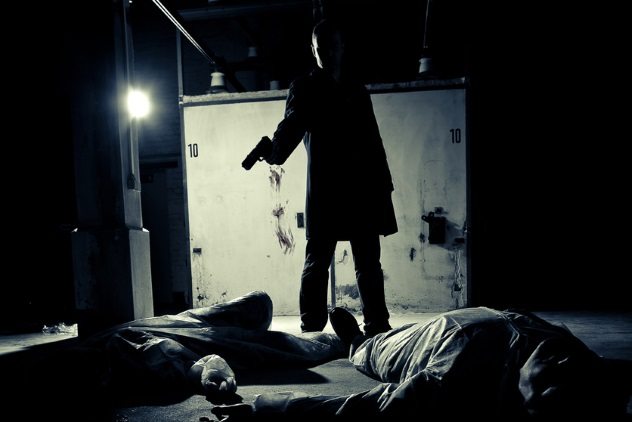
The Brabant Killers represent one of the most violent and shocking chapters in the history of Belgium. Between 1982 and 1985, a gang committed a series of ruthless attacks and robberies, mainly in the province of Brabant, murdering 28 people and injuring over 40. The killers were never apprehended, and over the course of three decades, many hypotheses and conspiracy theories were formulated regarding their possible motives. One of the most pervasive notions stated that the gang members came from law enforcement or the military due to their proficiency with weapons.
In 2017, a man came forward saying that his brother confessed on his deathbed in 2015 that he was the ringleader of the gang, a man previously referred to as “the Giant.” This new suspect was Christiaan Bonkoffsky, and he used to be part of a police commando unit.[3] Bonkoffsky lost his position in 1981 after accidentally discharging his weapon and, according to his brother, became very bitter and started drinking heavily.
In light of this recent development, Belgian authorities have begun investigating the former gendarme, hoping that this could lead to the identification of the other members of the gang. Bonkoffsky first appeared on their radar in 2000. However, his DNA sample and fingerprints did not match those recovered from the crime scenes.
7 The Murder Of Valerie Percy

In 1966, 21-year-old Valerie Percy was murdered in her home in Kenilworth, a wealthy village north of Chicago. Her father was Charles Percy, a soon-to-be senator who was in the middle of his campaign. Her murder was never solved, and it became one of Chicagoland’s most enduring mysteries.
While the killer remains unidentified, new information has been made available to the public due to the efforts of one New York attorney to open the case files under the Freedom of Information Act back in 2016. His request was denied after a judge ruled that the investigation was still ongoing based on a statement and documents provided by Kenilworth police. The limited evidence attesting to the status of the case included several false confessions disproved using confidential information and plans to use modern forensics such as DNA testing.[4]
One suspect was named publicly in 2014, after a Chicago TV station obtained access to FBI records. He was William Thoresen III, the son of a businessman who lived in Kenilworth. He was described as dangerous and mentally unstable. His family lived near the Percy household, and he often returned home to visit them. Police believed a bayonet was used to kill Valerie, and Thoresen collected weapons. The suspect refused to cooperate with the investigation and died a few years later. He was killed by his wife, who beat the rap by claiming self-defense.
6 The Death Of The Prime Minister
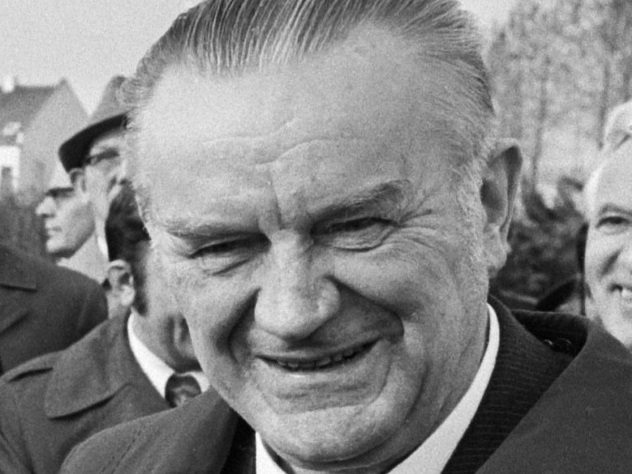
Piotr Jaroszewicz served as prime minister of Poland between 1970 and 1980. After losing his post, Jaroszewicz was expelled from the Polish United Workers’ Party (PUWP) and gave up politics altogether, retiring with his wife, Alicja Solska, in a suburb of Warsaw. On September 3, 1992, their son Jan found the couple murdered in their home. Alicja had been shot in the head, while her husband had been beaten and strangled.
Polish police speculated that the murders could have been revenge from victims of the Communist regime, someone looking for valuable documents, or just an old-fashioned robbery. Despite the large national attention the murders garnered, they couldn’t find any solid leads.
In 2018 came the surprising announcement that three men had been charged with the murder. Not only that, but according to Poland’s minister of justice, Zbigniew Ziobro, two of them had already confessed to their part in the slayings.[5] The breakthrough in the case came when one of the murderers revealed his involvement while being investigated for a separate kidnapping. He and the other two were part of a burglary ring that targeted high-income homes, so it appears that Jaroszewicz’s killing had nothing to do with politics.
5 The Ancient Gates Of Hell

Archaeologists discovered the Plutonium (also called the Ploutonion) over 50 years ago in the ruins of Hierapolis, in modern-day Turkey. Not just another shrine dedicated to Pluto, this site was built atop a cave which was considered to be an actual passage to the underworld.
Ancient historians described the marvelous process where people would offer healthy animals as sacrifice. According to Strabo, any creature that was sent into the cave soon dropped dead after breathing a lethal mist that came from Hell itself. However, miraculously, the priests seemed unaffected by it.
A team of volcanologists was able to provide a scientific explanation for the mysterious gate of Hell. As you might expect, there was a deadly gas emanating from somewhere—specifically, huge concentrations of carbon dioxide coming from a fissure beneath the site.[6] Scientists measured CO2 levels between four and 53 percent at the mouth of the cave and up to 91 percent inside.
As far as the seemingly immune priests are concerned, even in Strabo’s time, the Greek philosopher opined that it was possible the holy servants simply held their breath. However, modern scientists believe the priests’ height likely played a role. As CO2 is heavier than air, it settles at the bottom, forming a toxic gas lake. While animals breathed in the carbon dioxide, the taller humans were relatively safe above the noxious cloud.
4 Did DeSalvo Do It?
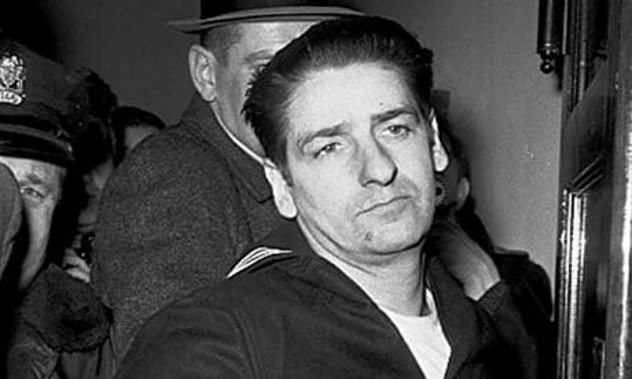
For many people, Albert DeSalvo was, without a doubt, the Boston Strangler. Others, however, have serious reservations and consider the case unsolved to this day. DeSalvo confessed to 11 killings committed between 1962 and 1964 but was convicted for a series of unrelated rapes and sentenced to life in prison. Eventually, he recanted before his own murder in 1973.
Since then, people have brought his guilt into question. One popular hypothesis, supported by pioneering profilers Robert Ressler and John Douglas, claimed that there was more than one killer due to the different patterns between murders. Some groups, including DeSalvo’s family, considered the former serviceman completely innocent.
Modern forensics can, at least, disprove that last notion. DNA tests conducted in 2013 linked DeSalvo to Mary Sullivan, the Strangler’s last known victim. After obtaining a sample from one of the suspected killer’s nephews, authorities were able to obtain a “familial match” when comparing it against semen left at the Sullivan crime scene. Based on this evidence, officials obtained an exhumation order and tested DeSalvo’s remains. The odds that the DNA belonged to any other man were one in 220 billion.[7] Massachusetts attorney general Martha Coakley said there was “no doubt” that DeSalvo killed Mary Sullivan and was “most likely” the Boston Strangler.
3 The Black Dahlia Revisited
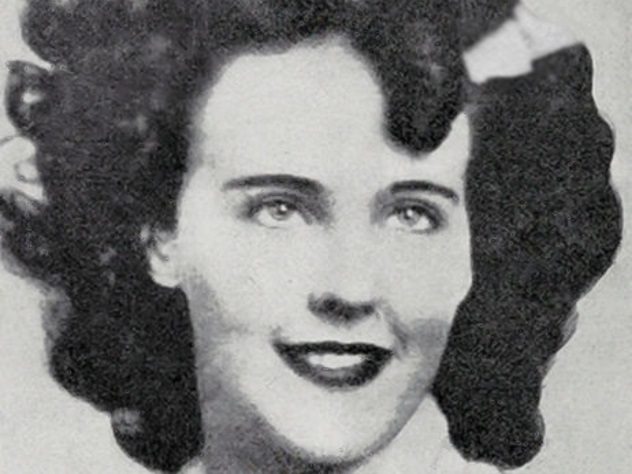
Has the infamous murder of the Black Dahlia finally been solved? Probably not, but a recent book claims to have uncovered the truth, once again thrusting the 70-year-old killing of Elizabeth Short into the spotlight.
British author Piu Eatwell identified Leslie Dillon as the culprit. Dillon was a former mortician’s assistant, which could have provided him the knowledge to drain and mutilate the body. He worked as a bellhop and may have committed the murder at the behest of Mark Hansen, a Hollywood businessman who was obsessed with Short.
Dillon appeared on the LAPD’s radar when he tried to solicit information regarding the murder from the department’s psychiatrist, Dr. Joseph Paul De River. Using a pseudonym, he claimed to be writing a book on psychopaths. After a few interviews, De River thought there was something off with Dillon, who theorized that an acquaintance of his named Jeff Connors was the killer. The psychiatrist believed Connors was imaginary and an extension of Dillon’s personality, although he later turned out to be real.
Eatwell found a supporter in Buz Williams, a retired police officer whose father (also a cop) served on the Gangster Squad, the original team that investigated the Black Dahlia murder.[8] According to Williams, both his dad and his partner believed Elizabeth Short was killed by the Dillon-Connors-Hansen trio, although they differed on who actually did the deed.
Documents from the district attorney’s office indicate that Leslie Dillon was in San Francisco during the murder. However, the author asserts that corruption within the LAPD was the reason why Dillon was never arrested, pointing to a cover-up.
2 The Legend Of The Dents Run Gold

There are a lot of hidden treasures still waiting to be found. In the United States, the Civil War in particular spawned many tales of buried gold, and the FBI may have actually uncovered one of these caches.
According to legend, shortly before the Battle of Gettysburg in 1863, the Union Army dispatched a wagon full of gold to pay its soldiers. It set off from Wheeling, West Virginia, but disappeared somewhere near Dents Run in Elk County, Pennsylvania. Since then, numerous treasure hunters, historians, and private investigators scoured those woods in hopes of finding the lost gold, all to no avail.
In March 2018, the FBI set up shop nearby in Benezette Township and started digging. They obtained a court authorization to do it, which led to speculation that they had to have convincing evidence that the gold might be there.
The FBI provided few details regarding their intentions. Spokeswoman Carrie Adamowski simply said that they were conducting an excavation, concluding that “nothing was found.”[9] However, local media reported that Dennis and Kem Parada were present at the dig site. The two run a treasure recovery service called Finders Keepers and have been searching for the Civil War loot for decades. Other local historians are far more skeptical regarding the existence of the gold, but even they admit that the involvement of the FBI adds a new layer to the mystery.
1 Toronto’s Gay Village Murders

One of the most shocking stories to come out of Canada this year was the arrest of Bruce McArthur and subsequent accusations that he is a serial killer. He was initially charged with two murders in January, but others followed. Just a few days ago, McArthur received his seventh first-degree murder charge.
All of the alleged victims were killed between 2010 and 2017, but authorities are fairly confident McArthur started his crime spree way before that. The 66-year-old works as a landscaper and has buried remains in large flower planters that he installed in and around Toronto. Canadian authorities are planning to search over 75 additional properties, looking for more victims. Lead investigator Detective Sergeant Hank Idsinga said they are currently looking into 15 cold cases between 1975 and 1997.
Among those cases could be one of Toronto’s most infamous killing sprees: the Gay Village murders from the 1970s. Between 1975 and 1978, 14 men from the city’s gay community were killed. Many of these slayings occurred in the Church and Wellesley Village and featured signs of “overkill.” One disco manager was found in his apartment after having been stabbed 100 times. Seven of those murders remain unsolved today.
It wouldn’t be too far-fetched to consider McArthur the culprit. He was in his mid-twenties at the time and worked in Toronto.[10] Some of the victims were last seen leaving bars, which would mirror McArthur’s modern modus operandi. He would pick up men either in bars or using dating apps. Idsinga stressed that the landscaper hasn’t been connected to any of those murders yet, but he would not be surprised if they found links to one or more of the killings down the line.
Read about more mysteries for which we’ve found answers on 10 Unsolved Mysteries That Have Finally Been Cracked and 10 Intriguing Historical Mysteries That We’ve Finally Solved.








